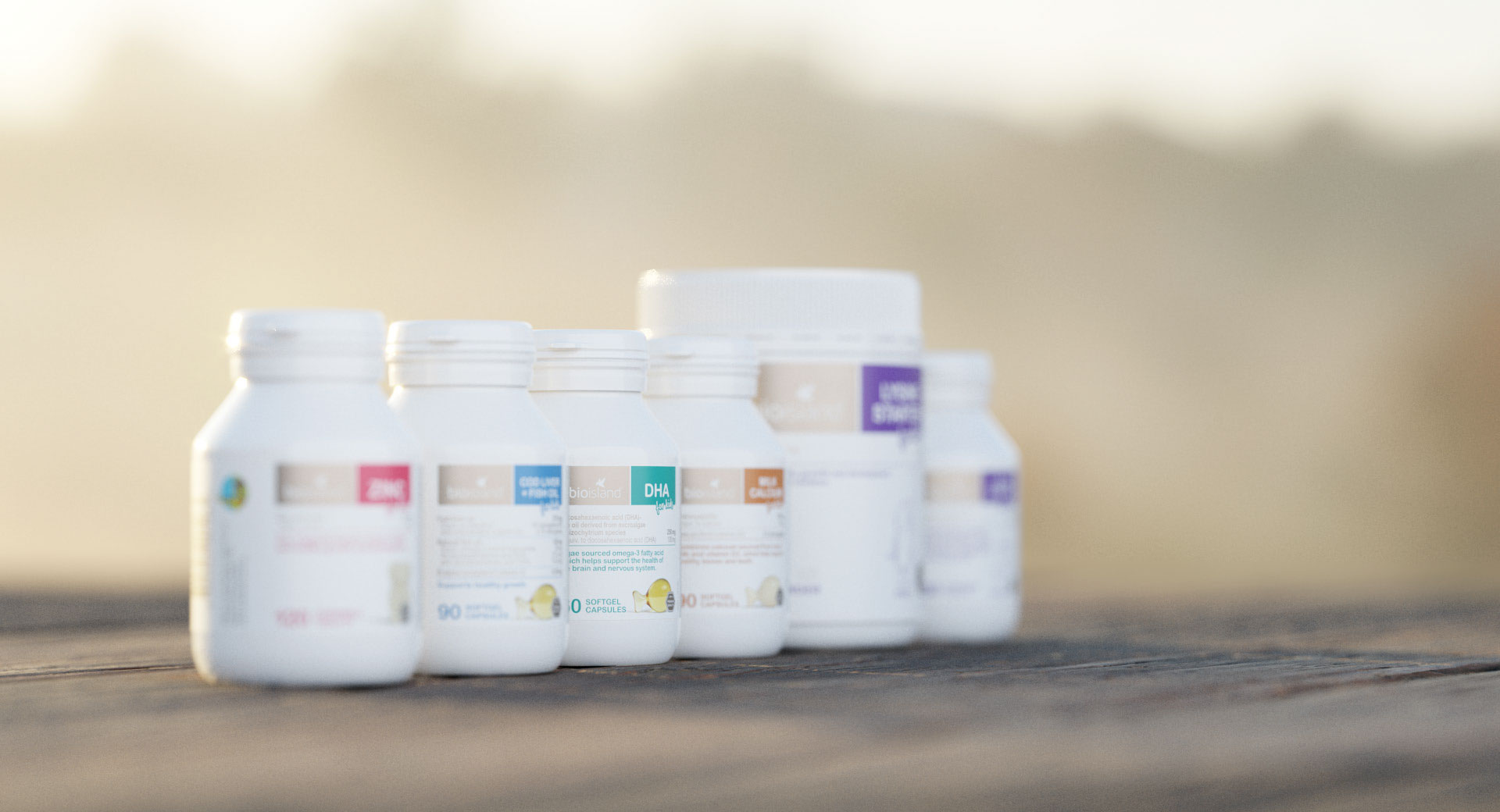
What happens when you do not eat enough fruit and vegetables?
Fruit and vegetables are a fundamental part of everyone’s diet. Well they should be! So, when we don’t eat enough or enough variety of them what happens?
By Bio Island Nutrition Team
Fruit and vegetables are a fundamental part of everyone’s diet. Well they should be! It is these food groups that provide us with an array of vitamins, antioxidants, fiber and minerals that help our bodies grow and function correctly. So, when we don’t eat enough or enough variety of them what happens?
Initially when there is a lack of fruit and vegetables in the diet nutrient deficiencies will arise. Your body can not produce certain nutrients and requires it from a daily food source. Even though you can get some of these nutrients from other foods, in fruit and veggies the concentrations are higher and therefore provide the body with higher amounts to be absorbed.
Just to put a perspective on what can happen when certain vitamins are reduced in the body:
• Vitamin C: will lead to weakness, fatigue, slow wound healing and in severe cases you may contract scurvy
• Vitamin B’s: lack of energy and can lead to depression or confusion
• Potassium: will lead to an irregular heartbeat
• Vitamin K: haemorrhaging
Due to lack of fiber your bowels will slow down and generally can become painful due to constipation. You will feel bloated and uncomfortable in your stomach region. You are at a greater risk of developing heart disease, diabetes and digestive problems. As fruit and vegetables are packed full of fibre, when you reduce this long term in your diet your body is not removing any toxins, regulation of your blood sugar levels and appetite will be compromised and eventually your immune system will not be unable to defend your body from any harmful bacteria.
You can also gain weight. Generally, this is because you have replaced your fruit and vegetable intake with other foods which may contain a higher fat content. But fruit and vegetables are generally low energy density, meaning they offer low calories per unit of weight. The great thing about that is that you can overload with them and have little calorie intake.
You don’t need too many serves a day of fruit and vegetables and realistically there should be some at every meal of your day. Aiming for 2 serves of fruit and 5 serves of vegetables a day is the recommended amount from the Australian food guide.
What does a serve look like?
Vegetables 75g per serve or ½ cup of cooked broccoli, spinach, pumpkin. 1 cup green leafy salad vegetables and 1 medium tomato as an average.
Fruit is 150g per serve or 1 medium apple, banana, orange or pear. 2 small apricots, kiwi fruits or plums.
Learn to try different things with your fruit and vegetables to help get your daily serves in. Have salad with every meal or add fruit to your salad or yoghurt. Fruit and vegetables are an important aspect in having a healthy body and life. Be aware of your meals and where possible always add some extra fruit and veggies in and your body will thank you for it.





